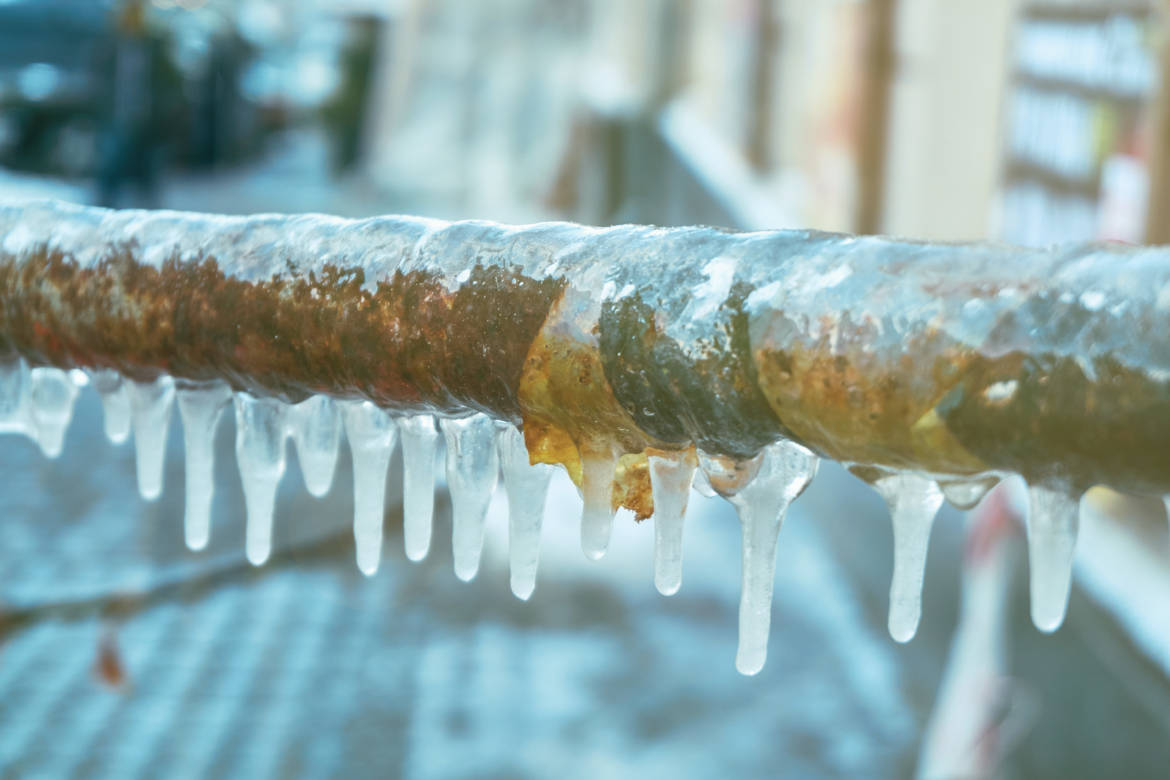Protecting Pipes from Cold Weather Damage: Key Approaches
Get A Free EstimateHave you been searching for content on How To Avoid Freezing Pipes?

Cold weather can wreak havoc on your pipes, especially by freezing pipes. Right here's just how to avoid it from happening and what to do if it does.
Introduction
As temperatures decrease, the threat of frozen pipes boosts, potentially leading to pricey repairs and water damages. Recognizing how to avoid icy pipelines is critical for house owners in chilly environments.
Recognizing Frozen Pipelines
What creates pipelines to ice up?
Pipes ice up when revealed to temperature levels below 32 ° F (0 ° C) for prolonged durations. As water inside the pipes freezes, it expands, putting pressure on the pipeline wall surfaces and possibly creating them to rupture.
Dangers and problems
Frozen pipelines can bring about water supply disturbances, residential or commercial property damages, and pricey repairs. Burst pipes can flooding homes and create extensive structural damages.
Indications of Frozen Pipeline
Identifying frozen pipes early can stop them from breaking.
How to recognize frozen pipelines
Seek lowered water circulation from faucets, uncommon smells or sounds from pipelines, and noticeable frost on revealed pipes.
Prevention Tips
Insulating at risk pipelines
Wrap pipes in insulation sleeves or make use of heat tape to secure them from freezing temperature levels. Focus on pipelines in unheated or exterior locations of the home.
Heating methods
Maintain indoor spaces adequately warmed, particularly areas with pipes. Open up cupboard doors to allow cozy air to circulate around pipelines under sinks.
Protecting Outdoor Plumbing
Yard hose pipes and outdoor faucets
Separate and drain yard hoses before winter months. Mount frost-proof spigots or cover outdoor taps with shielded caps.
What to Do If Your Pipelines Freeze
Immediate activities to take
If you think icy pipelines, maintain taps open up to relieve stress as the ice melts. Make use of a hairdryer or towels taken in warm water to thaw pipelines slowly.
Long-Term Solutions
Structural modifications
Consider rerouting pipelines away from exterior walls or unheated locations. Add additional insulation to attics, cellars, and crawl spaces.
Updating insulation
Invest in high-quality insulation for pipes, attics, and wall surfaces. Appropriate insulation assists keep constant temperature levels and reduces the danger of frozen pipes.
Conclusion
Preventing icy pipes requires positive actions and quick responses. By comprehending the causes, indicators, and safety nets, property owners can shield their plumbing during winter.
6 Proven Ways to Prevent Frozen Pipes and Protect Your Home
Disconnect and Drain Garden Hoses
Before winter arrives, start by disconnecting your garden hoses and draining any remaining water. Close the shut-off valves that supply outdoor hose bibs and leave the outdoor faucet open to allow any residual water to drain. For extra protection, consider using faucet covers throughout the colder months. It’s also important to drain water from any sprinkler supply lines following the manufacturer’s directions.
Insulate Exposed Pipes
Insulating your pipes is an effective way to prevent freezing. Pipe insulation is readily available at home improvement stores and is relatively inexpensive. Pay close attention to pipes in unheated areas such as the attic, basement, crawl spaces, or garage. Apply foam insulation generously to create a buffer against the cold. You can also wrap your pipes in heat tape or thermostat-controlled heat cables for added warmth.
Seal Air Leaks
Inspect your home for any cracks or openings that could let in cold air. Seal any holes around the piping in interior or exterior walls, as well as the sill plates where your home rests on its foundation. Additionally, make sure to keep your garage door closed unless you’re entering or exiting. Leaving it open creates a significant air leak that can lead to frozen pipes.
Allow Warm Air Circulation
During cold snaps, it’s essential to allow warm air to circulate evenly throughout your home. Leave interior doors ajar to promote better airflow. Open kitchen and bathroom cabinets to help distribute heat consistently around the rooms. If you have small children or pets, be sure to remove any household chemicals or potentially harmful cleaners from open cabinets for safety.
Let Faucets Drip
A small trickle of water can make a big difference in preventing ice formation inside your pipes. When temperatures drop significantly, start a drip of water from all faucets served by exposed pipes. This continuous flow helps prevent the water from freezing. Additionally, running a few faucets slightly can relieve pressure inside the pipes, reducing the chances of a rupture if the water inside does freeze.
https://choateshvac.com/6-proven-ways-to-prevent-frozen-pipes-and-protect-your-home/

As an enthusiastic reader on How to prepare your home plumbing for winter weather, I thought sharing that piece of writing was a good thing. Sharing is nice. One never knows, you may be doing someone a favor. Thanks for your time. Come back soon.
Browse Website